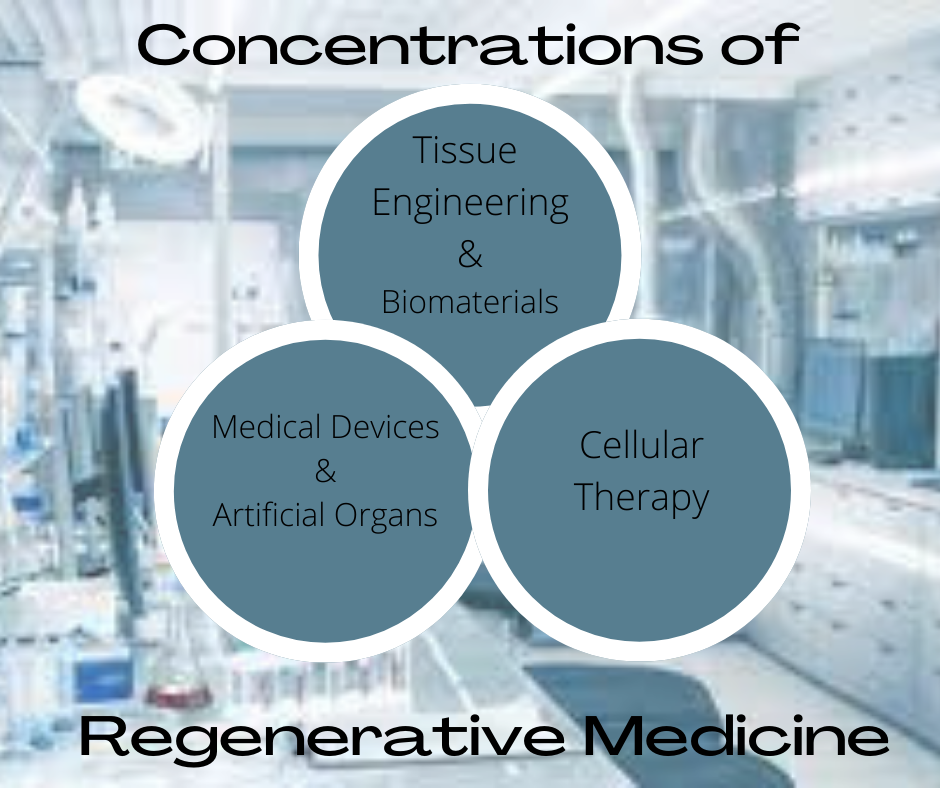Regenerative medicine is focused on developing and applying new treatments to heal tissues and organs and restore function lost due to aging, disease, damage, or defects. The human body has the natural ability to heal itself, regenerative medicine uses that ability. Regenerative medicine is a relatively new field of medicine. The most commonly known use of regenerative medicine is in skin grafts for burn victims, first used in 1870. Another field is known as “plastic surgery”, the term was first coined in 1818 by German doctor Carl Ferdinand von Graefe to describe the process of molding body tissues to heal injuries on the body. Only a small facet of plastic surgery involves cosmetic surgery, such as crepey skin, wrinkles, and nose jobs. Plastic surgeons are first and foremost wound doctors. They’re trained to utilize tissues from one part of the body to help regain function in another, injured, part.
Regenerative medicine brings together experts in various fields, not just medicine, to find solutions to some of the most challenging medical problems faced by humankind:
- Biology
- Chemistry
- Computer Science
- Engineering
- Genetics
- Medicine
- Robotics
Some examples of regenerative medicine include:
- Stem Cell Treatments-Stem-cell therapy is the use of stem cells to treat or prevent a disease or condition.
- Cartilage regeneration —takes healthy cartilage cells and cultures them in a lab for four to six weeks, and then injects the new cells into the damaged joint for regeneration with the surrounding cartilage.
- Platelet-Rich Plasma (PRP) – uses injections of a concentration of a patient’s own platelets to accelerate the healing of injured tendons, ligaments, muscles and joints.
- Prolotherapy- The treatment involves repeated injections of an irritant solution into part of a joint
Concentrations in the field of regenerative medicine:
- Tissue engineering and biomaterials
- Cellular therapies
- Medical devices and artificial organs
Regenerative medicine uses in vision care:
- Stem-cell therapy uses implanted stem cells to treat or prevent a disease or condition. The implanted cells have the potential to generate healthy cells to replace those that are lost. There is a lot of excitement about stem cell therapy as a treatment for vision loss because a single stem cell therapy may be able to treat different eye diseases including age-related macular degeneration (AMD), inherited retinal diseases (IRDs), glaucoma, and corneal diseases. . Stem cell therapy could also be useful for individuals whose disease is very advanced. There is a lot of cell damage.
- CRISPR (Clustered Regularly Interspaced Short Palindromic Repeats) is genetic engineering that allows scientists to edit DNA. This technique uses targeted molecular tools to “cut and paste” to remove abnormal DNA and replace it with normal genetic material.
Sources:
#eyegotcha
#PittsburghEyeCare
#PittsburghOptometrist

